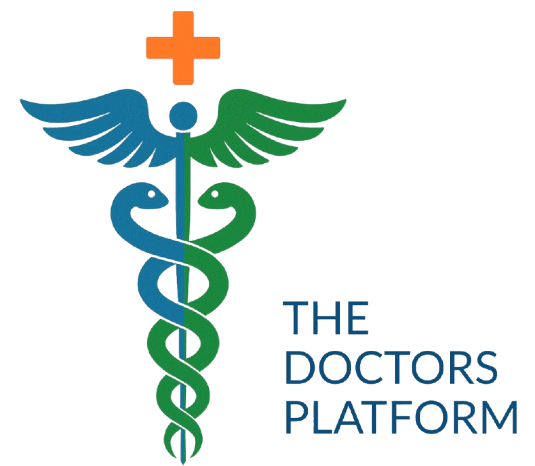The guidelines aim to evaluate the relevant evidence base regarding the following questions:
- How helpful is clinical examination in predicting airflow obstruction?
- What is the incremental value of spirometry for case finding and diagnosing adults who are candidates for COPD treatment?
- What management strategies are effective to treat COPD, such as inhaled therapies, pulmonary rehabilitation programs and supplemental long-term oxygen therapy?
Guidelines highlights
- In patients with respiratory symptoms, particularly dyspnoea, spirometry should be used to diagnose airflow obstruction. However, it should not be performed to screen for airflow obstruction in asymptomatic individuals.
- In patients with stable COPD, treatment should be reserved for patients who have respiratory symptoms and forced expiratory volume at 1 second (FEV1) of less than 60% predicted, as measured by spirometry.
- Symptomatic patients with COPD and FEV1 less than 60% predicted should be treated with one of the following maintenance monotherapies:
- long-acting inhaled beta-agonists,
- long-acting inhaled anticholinergics or
- inhaled corticosteroids.
- For symptomatic patients with COPD and FEV1 of less than 60% predicted, treating physicians may consider using combination inhaled therapies.
- Patients with COPD and resting hypoxemia (PaO2 = 55 mm Hg) should be treated with oxygen therapy.
- For symptomatic individuals with COPD who have an FEV1 of less than 50% predicted, treating physicians should consider prescribing pulmonary rehabilitation.

